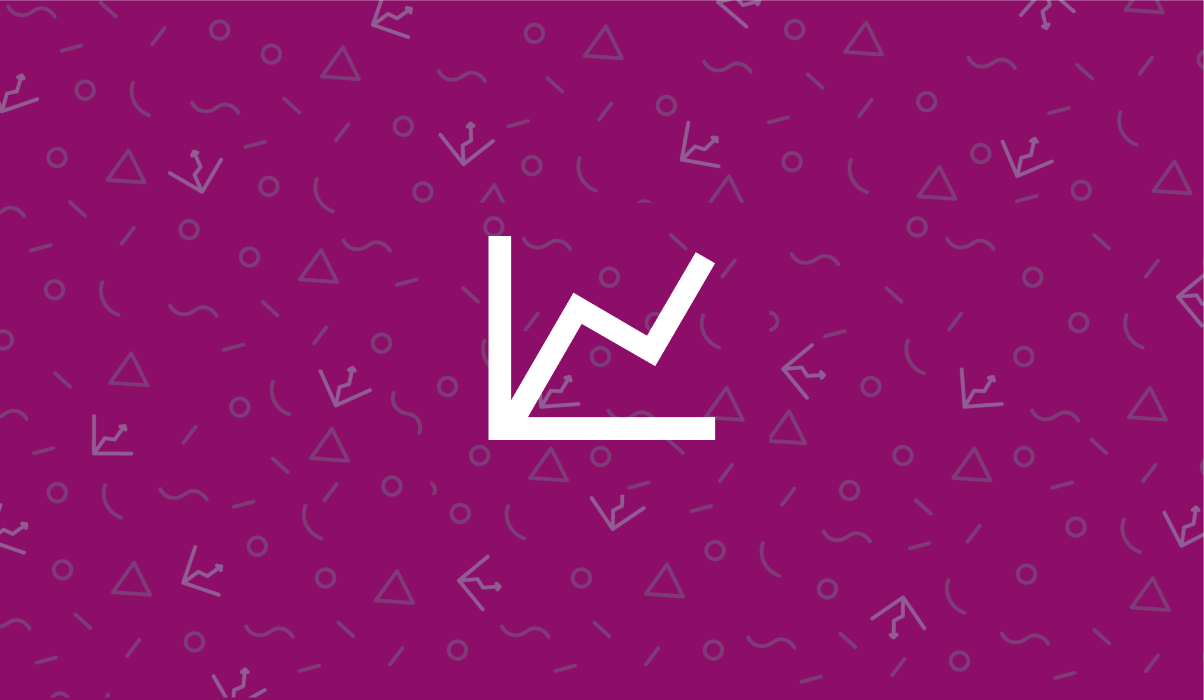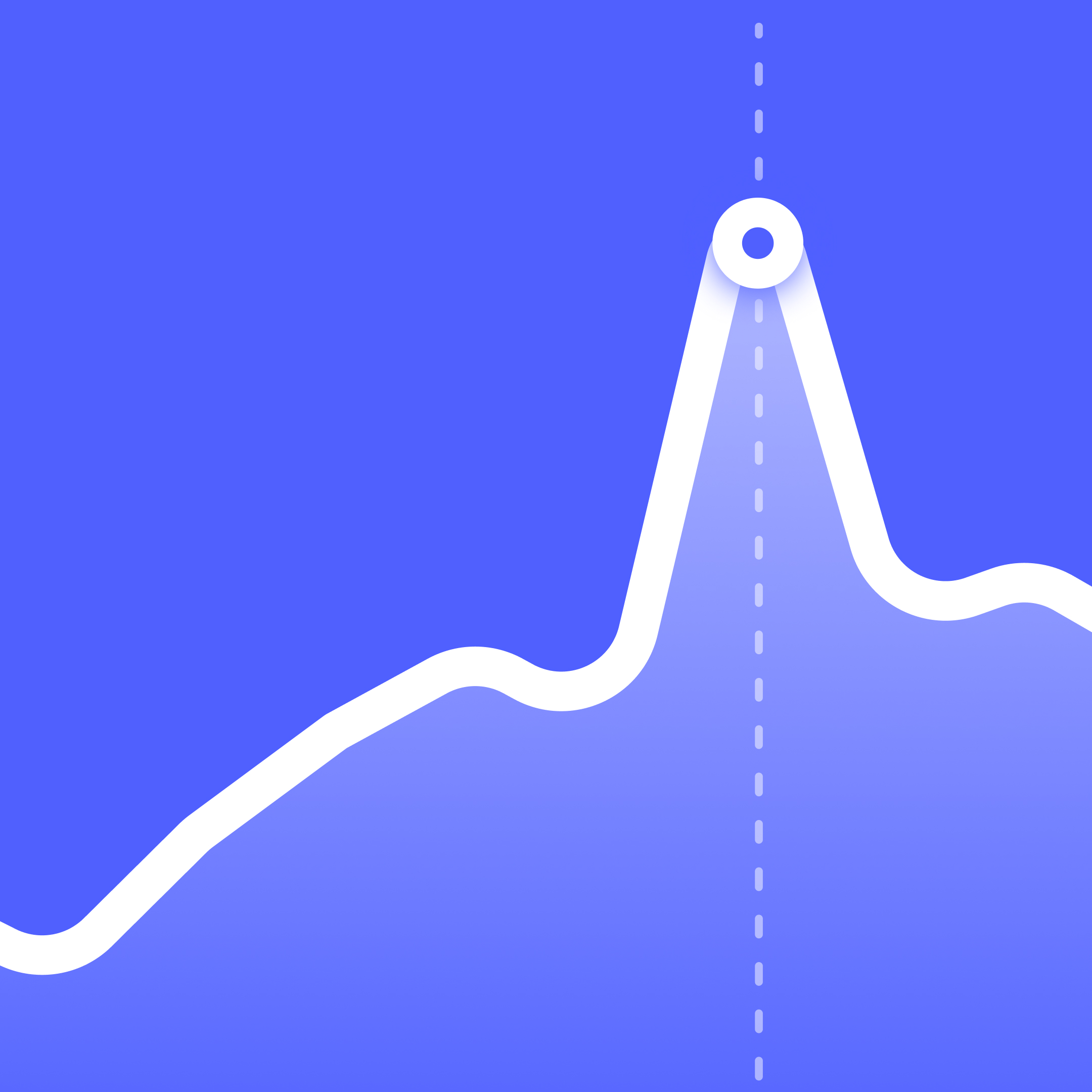Business goals and key results are an inseparable pair. While the idea of setting a measurable, achievable goal for your team may seem straight-forward, great leaders know this activity requires a considerable deal of forethought. In fact, setting goals without detailed context and clear benchmarks can quickly become a source of frustration for your team and the stakeholders. So, how can you be sure your team is in the best position to hit a team goal?
To start, let's take a look at what a goal is and is not. A goal is designed to be separated from concepts such as a “vision” or “philosophy”. Goals are measurable within a fixed timeframe. Since Yaguara is a tool built upon an objective-setting and result-achieving framework, we have put a great deal of thought into whittling down the way teams can set and measure goals.
In Yaguara the outcome of a goal is a Key Result, and there are three ways a team can get there.
Three Ways to Hit a Team Goal:
1. Target

Teams often have straight-forward numbers they would like to hit. Target Key Results set a hard amount for a goal to climb towards. Success is easily defined by whether the number is met or surpassed. A few Target examples:
- Google Analytics: 22,000 Unique Users
- Shopify: $1,500,000 Net Sales
- Facebook Ads: 50,000 Click Throughs
- The Office: 9,000 reams of paper sold by Dwight Schrute
Target Key Results are best implemented for metrics that require a slower uphill climb.
2. Range

Depending on the metrics being tracked, your team could be dealing with a constantly fluctuating goal. Range Key Results create lower and upper limits around the desired range your team considers a success. A few Range examples:
- Google Analytics: Keep Average Session Time between 2:00-4:00
- Shopify: Average Order Value between $80-$100
- Facebook Ads: Acquire customers for between $40-$50
- The Office: Upsell between 40-60% of Scranton clients every year
This need is often correlated to percentage and time-based models where increases or decreases are frequent. With Yaguara’s real-time capability, Range Key Results can keep the team on track if a goal slides out of the lower and upper limits.
3. Achievement

But not all results have to be confined to numerical significance, often success can be defined by a qualitative binary system. An Achievement Key Results allows your team to mark a Key Result as “Incomplete” or “Achieved”. A few Achievement examples:
- Google Analytics: Create new conversion goals
- Shopify: Place new product line in catalog
- Facebook Ads: Launch new ad campaign
- The Office: Finish video on how to close sales by Michael Scott
Goals often get complex, and strategies call for updates and changes along the way. Achievement Key Results allow teams to work towards these outcomes that are too difficult to quantify, too large to be a task, and too critical to not be tracked all the way to completion.
Now that we’ve covered Yaguara’s three Key Results, let’s review:

When working in an Objective and Key Result framework (OKRs), goals require a proactive mindset. Paths need to be redefined. Numbers need to be shifted. Different departments need to be added. A Target Key Result should switch to a Range Key Result. A Range Key Result should switch to an Achievement Key Result. These are the nice problems that could happen inside a company. But by simplifying this process for your team they can start working towards these goals, rather than discussing them next to the starting line.















.png)